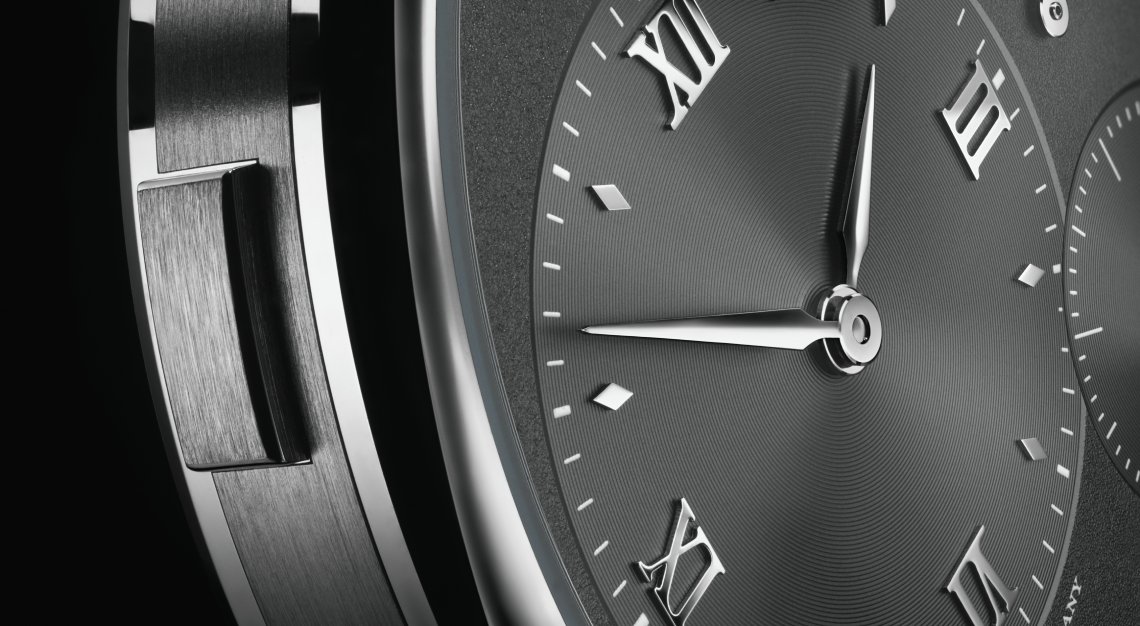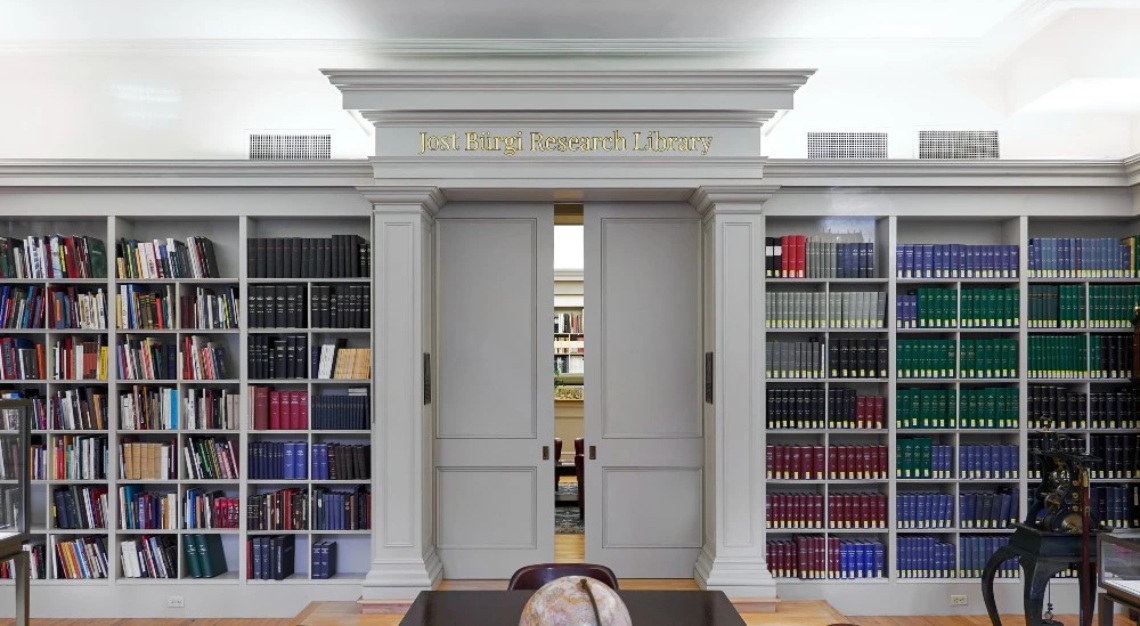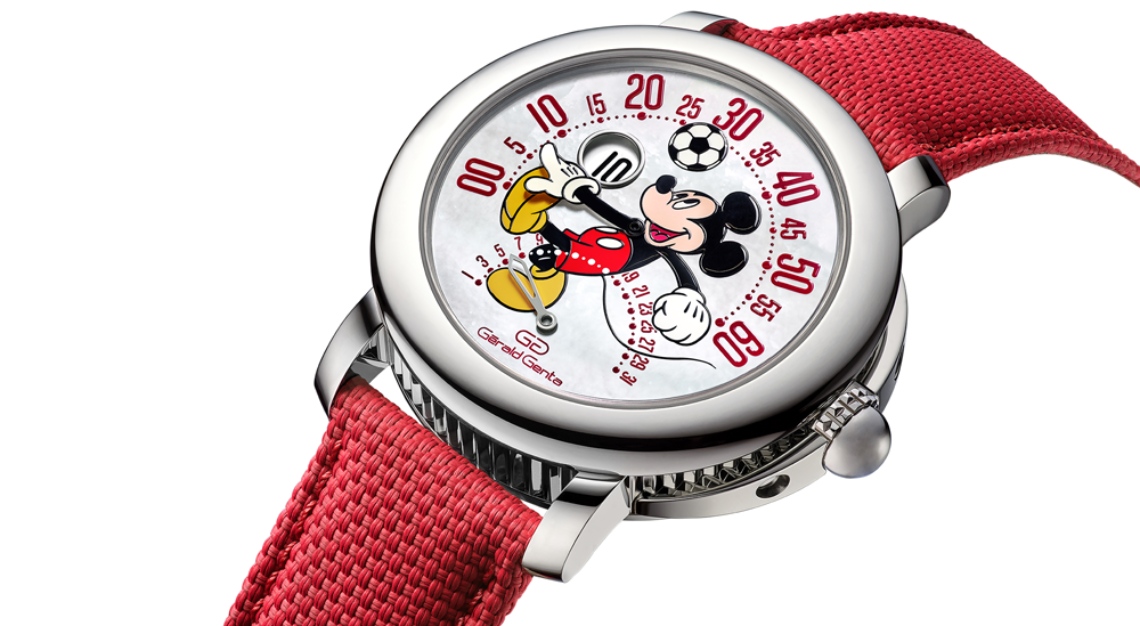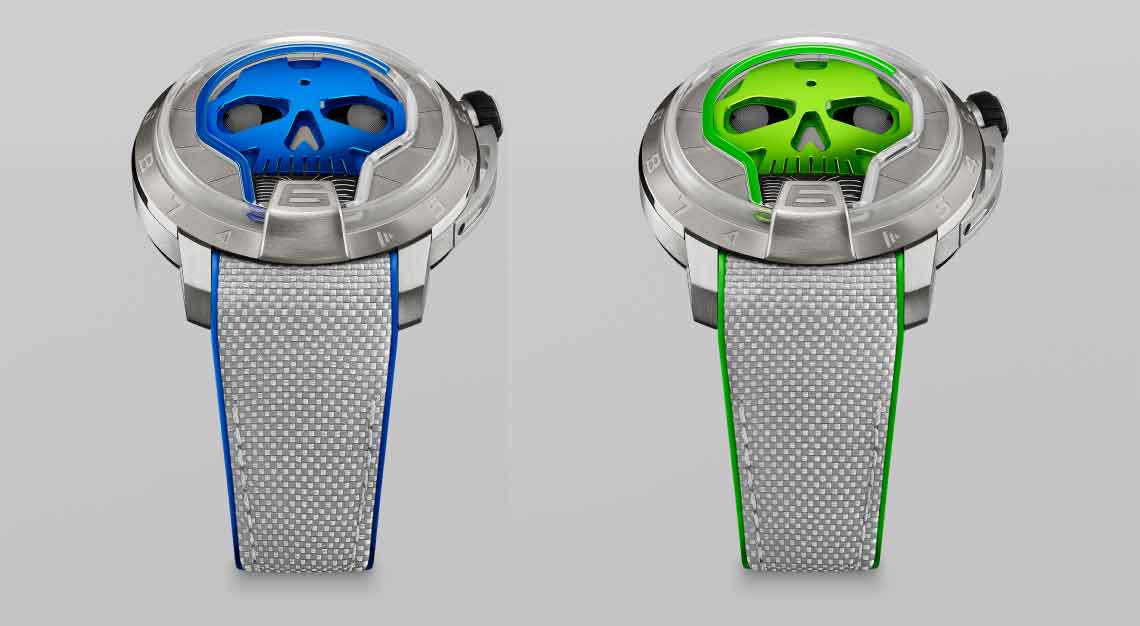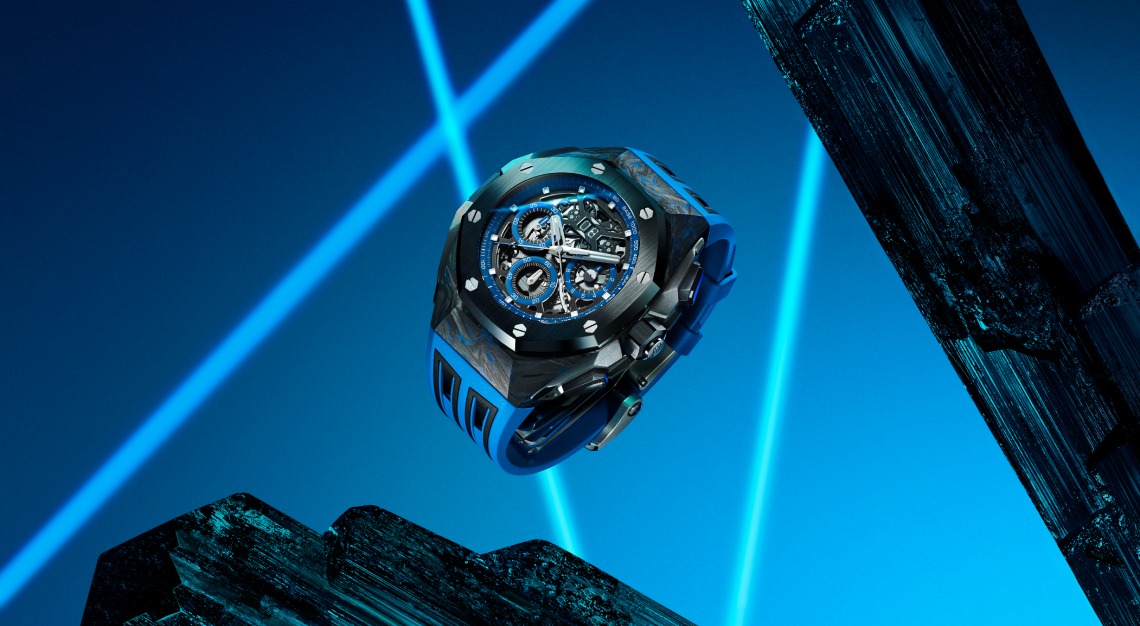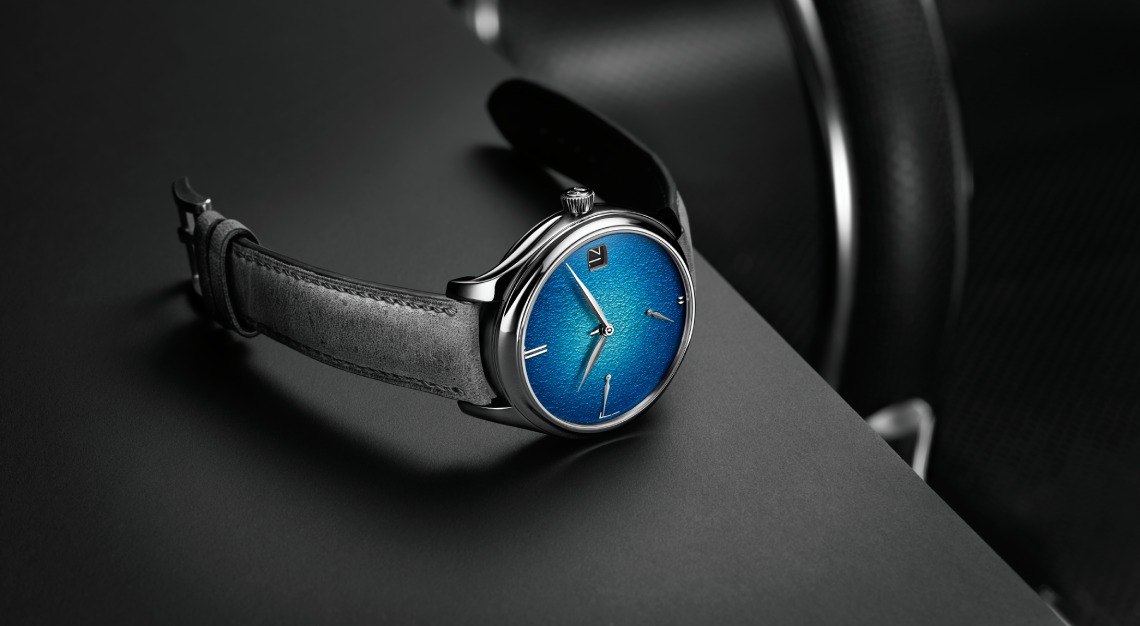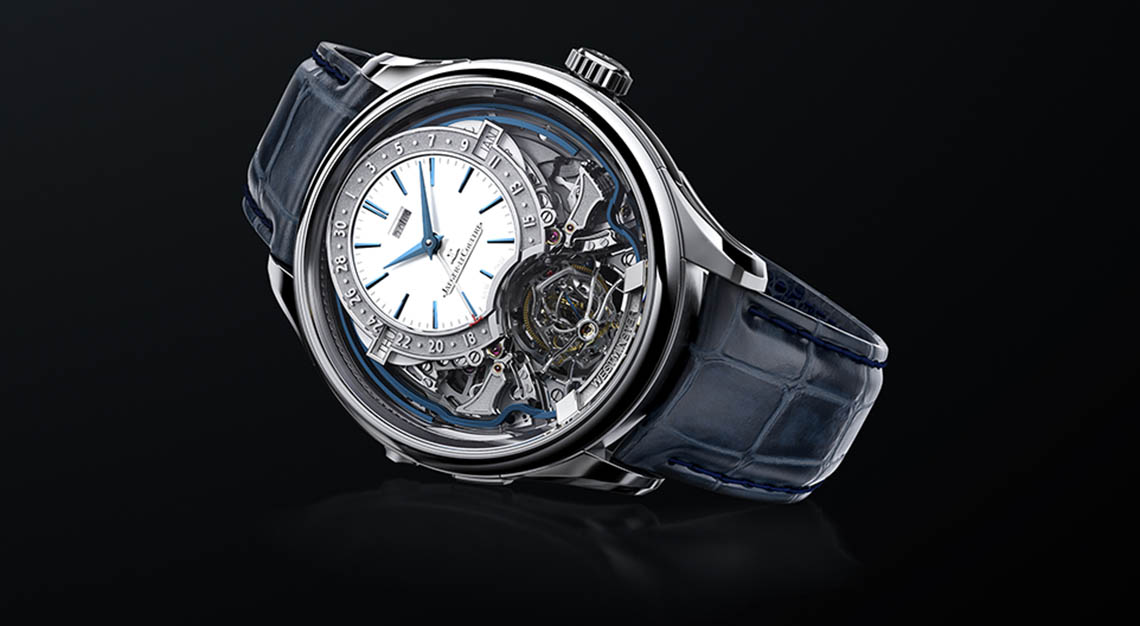An A. Lange & Söhne watch can be identified from afar. However, for its truly distinctive features, we recommend that you reach for the eye loupe
Just as it is with people we connect with, a timepiece’s unique qualities may take a while to become apparent enough for its owner to appreciate them. A. Lange & Söhne may not be coy about getting its watches noticed, but the German marque is just as adept at conveying subtle nuances.
Its most iconic models, like the Lange 1—with its asymmetrical sub-dials and large date displays—and the Zeitwerk, known for its digital-style interface powered entirely by mechanics, are sure to invite second glances. While gratifying for their owners, Lange will have you know that there is more than meets the eye when it comes to the watches’ most distinctive features.
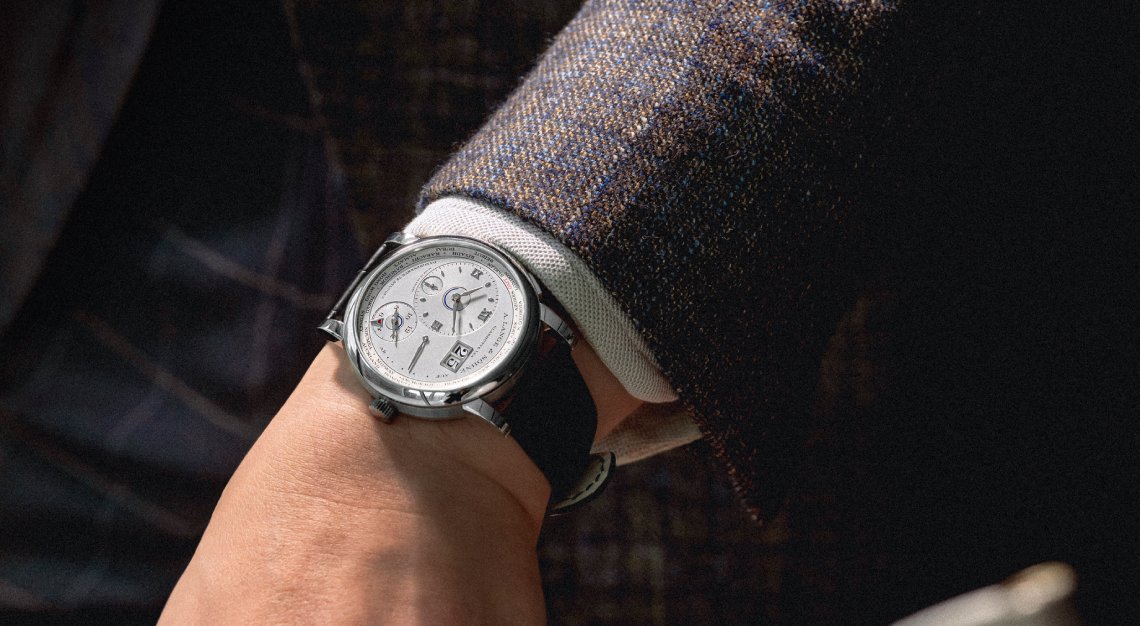
To seek them out, you need only flip the watch over for a start. Lange’s watches all come with open casebacks that reveal their mechanical movements and, at once, you will notice that the plates and bridges sport a muted silver sheen. This is courtesy of their material makeup—German silver, an alloy primarily composed of copper, zinc, and nickel—that the brand’s founder Ferdinand Adolph Lange, had used since the mid-19th century.
Unlike typical watches that employ brass or hardened steel, Lange uses German silver as it is purportedly more robust and resistant to tarnishing and corrosion. German silver also develops a delicate golden patina over time, adding aesthetic beauty to its functionality.
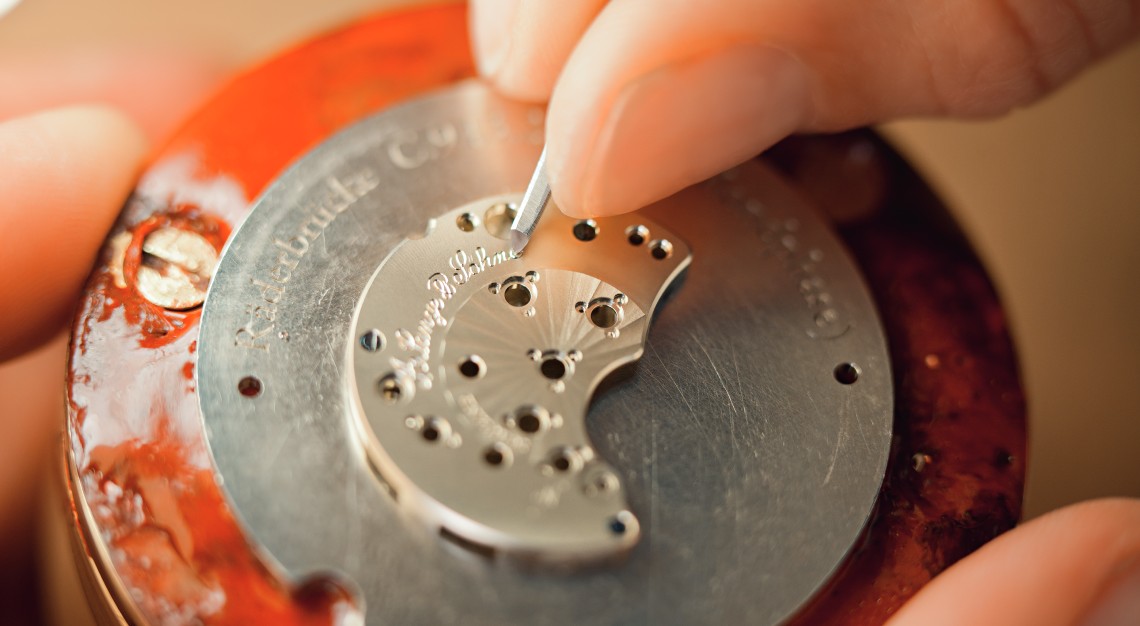
Another signature feature of a Lange watch that is apparent from the back: its three quarter plate. All Lange’s hand-wound models are equipped with a three-quarter plate, a piece of German silver almost covering the entire movement.
Also devised by Ferdinand Adolph Lange, the upper plate takes up much real estate for a good reason: it allows for the positions the movement’s most important components to be permanently fixed. This helps speed up the assembly process, while ensuring the movement’s long-term reliability and longevity. Of course, the plate’s dominating presence has, too, become a Lange design hallmark.
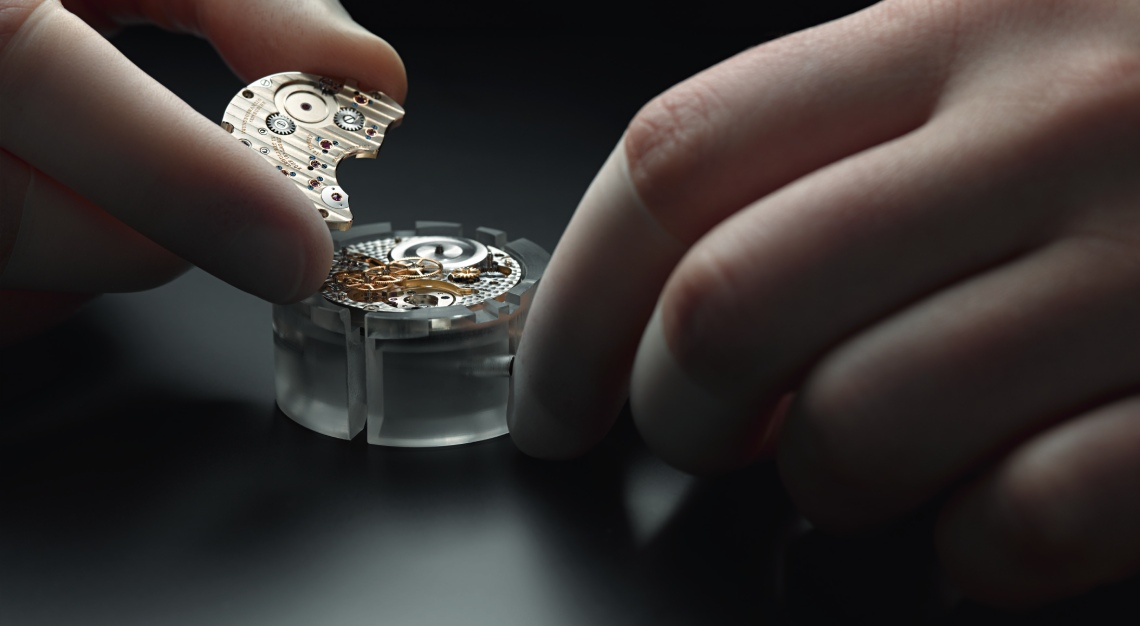
Incidentally, among the movement parts left exposed by the upper plate is one tiny component that really makes every single Lange watch unique. This component is known as the balance cock, and each piece bears a special floral motif that has been hand-engraved by one of Lange’s six master engravers.
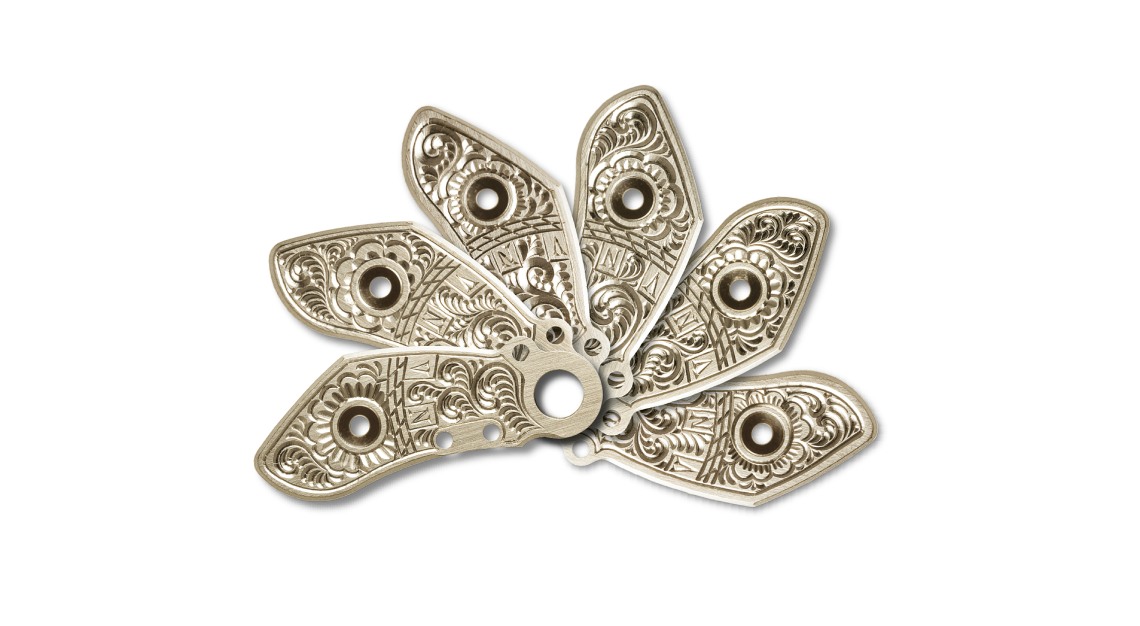
While the balance cock performs a vital role to ensure timekeeping precision—it helps hold the regulating component in place—its ornamental disposition boasts rich historical lineage. Lange’s practice of engraving its watches’ balance cocks dates to the early 20th century when the brand was producing high-quality ‘1A’ pocket watches and sought to differentiate them. The tradition continued following the brand’s relaunch in 1994, with all Lange watches sporting engraved balance cocks as a symbol of horological excellence.
At Lange, first impression certainly counts. But its watches’ true beauty, though, can only be revealed over time—and stringent inspection.
